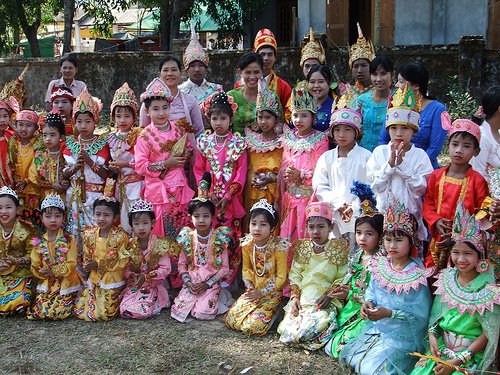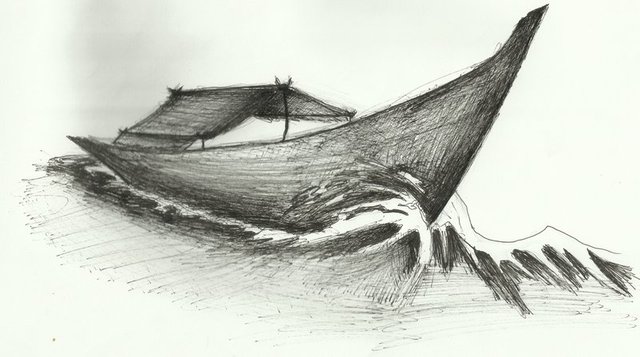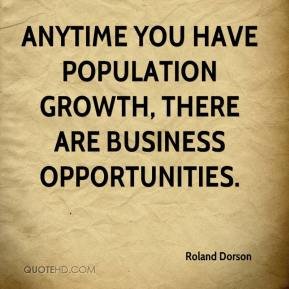Life & Culture of Filipino: Early Population
Life & Culture of Filipino
Early Population

Image Source
The early foreign migration to the Philippines took place before the time of Christ and its certain that it happen before the 14th century because together with the migrators especially with the Malays, the Malay alphabet that were not use in Mallaca since 14th century when their king Makdum who came from Arabia, joined the Islam. The king then ordered the implementation of the Arabian alphabet after he change its faith.
Aside from the early foreign migrators, Chinese which came first in the Philippines few centuries prior to the arrival of the Spaniards, had became part in the population of the archipelago. This proves that on the arrival of the Spaniards in the 16th century, they had found the population composed of the Negritos, Indones, Malays and Chinese. Dr. J. Otley Beyer provided a note in its published composition titled "Population of the Philippine Islands in 1916, this about the current distribution of the mentioned race in the whole Philippine archipelago during that time.
How the Negrito ended living in the country, is a thing that could not be clearly explain. We all know that they are from the race which referred to as part of the prehistoric race of the black, their extension are the East and Oceanic which had reached the territory occupied by the Veddas and Pelagian Black in the Philippines and Japan, which is known as Aino.

Image Source
Indones and Malay are both came from the races of Mongoloid, which first came from Indie and the last came from Mallaca. These extensions were graphically represented by the map of the world which showed around three directions of propagation of human race to the world.
Societal & Political Conditions
There's no doubt that in line with the Malays and Indones who continuously occupied the archipelago, there is a union of race. Like what Fr. Zuñiga said that "All Filipinos showed that they came one and the same race." Our physical look and structure concluded this statement.
The early divisions of the Filipino to groups is due to the cargo boat name "balangay" where they boareded in. Each of these groups managed to occupied and developed extended land territories. Since everyone on that boat are all relatives, they treated the eldest male as their leader which were then called as "hadye" (Malay term of king), or "radya" (Indones term of king), "datu" (Malay term for head), or and elder in the village, according to the importance of every group. The word "sultan" (emperor), and "paglima" (the fifth - head of five branches).

Image Source
Dr. Jose Rizal has reason in his belief that there is already a confideration because it was late when we know from the Spaniards who lived in the country, that old Radya controlled Manila in the year 1570, who also occupied the west shores of the Pasig river extended to the end west.
Professor Blumentrit mentioned in his article titled "De los Estados Oni Indigenas Exitentes en Filipinas en Tiempo de la Conguista Española" about the following famous men: Gat Dakil Lord of San Pablo, Laguna; Gat-Bulintag Lord of Pagdayaan, Batangas; Gat-Saludad Lord of Lumot; Gat-Sugayan Lord of Makupa; Gat-Maytan Lord of Bulakan; Gat-Salyan Lord of Malolos; Gat-Dula Lord of Hagonoy.
The term "Gat" symbolizes on a national and societal popularity and title which were given to a person due to its knowledge, wealth, influence, and bravery. There is also another title that has an official traits which were given to a person who holds power or influence towards its jurisdiction, like the title "Lakan," which could be adapted from the word "laki" (huge or famous).
Image Source
This was the title of the leader in Tondo in 1570, known as "Lakan-Dula." This title remain after the arrival of the Spaniards and were use as family name by the grandchildren of the leader. Therefor, the first Filipino who joined the religious Catholic order Martin Lakandula, could be a son of the said leader, a Orden member of the Agustino, whom who died in Manila in 1590.
Oftentimes we use the word "lakan" not as a single word but a part of the composition. I am referring to the word "Malakanyan" (Malacañang), the place were the palace of the Governor-General of the Philippines built. The word "Malakanyan," according to the explanation of Mr. Jose Sevilla, famous Tagalog writer, is an association of "ma" a Filipino term use to express the estate of being plentiful; while "lakan" as I mentioned, means leader, and "iyan," which is a pronoun a demonstrative word referring to a place. So, "Malakan-iyan" (Malacañang) means, the house of the Governor-General
The Filipino were based in the family as the smallest unit in the society. The correlation of family before and even today is too close and this is not limited to the parents and children but also covers relatives. The Filipino society were divided into three primary kind, "maharlika," "malaya," and "alipin." Its noticeable that the slavery in the Philippines is more humanitarian compared to Greece and Rome. This could be due to the fact that the migrators in the island had given so much values to freedom; they are those who were forced to leave their nation due to the abuse of their leader.

Image Source
Source:
Buhay at Kulturang Pinoy
By: Norberto Romualdez